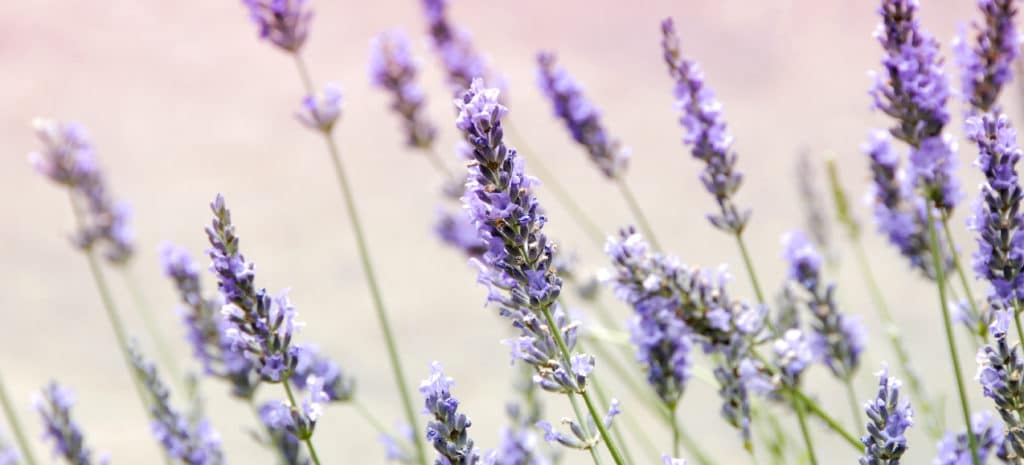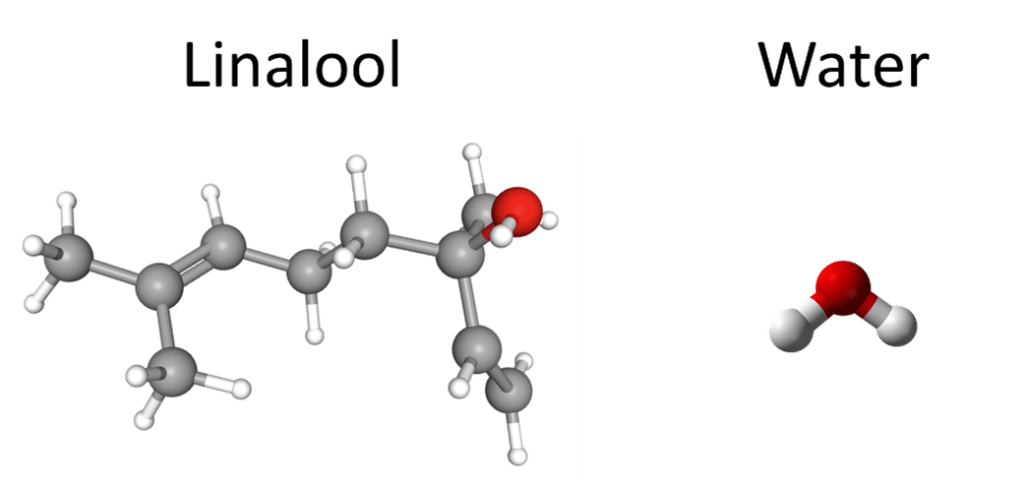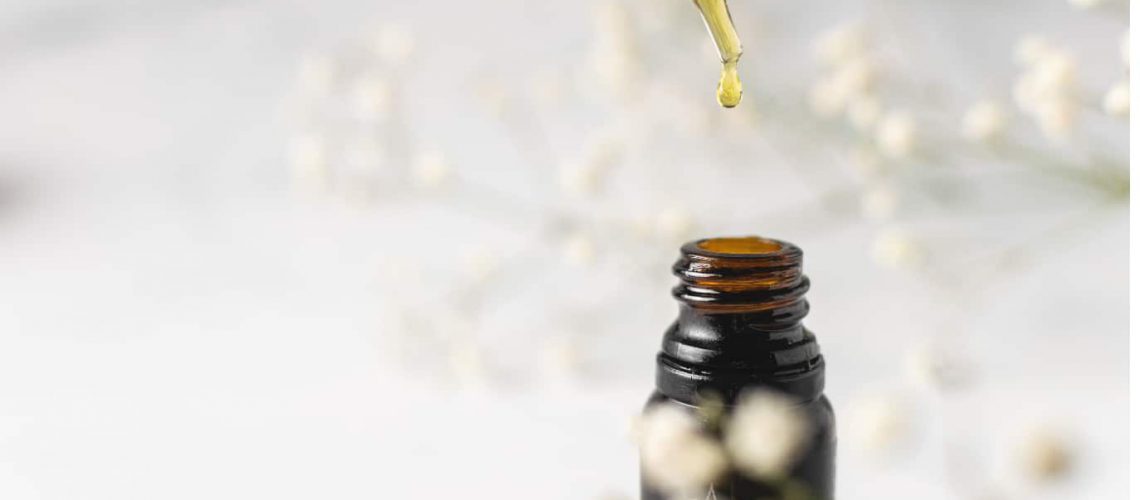Welcome back! Here at Nature’s Fusions we love all our essential oils, and delight in their different smells and uses. In some ways, every essential oil is like a lovely contestant in a beauty contest. Some, such as Cedarwood and Eucalyptus, are strong and spicy, while others, such as Blue Tansy and Helichrysum, are quite sweet and refreshing. But which one is the most popular on the worldwide market? Take a guess! We’ll give you a few hints, then reveal the winner of the essential oils’ popularity contest!
According to our research, the most popular essential oil for worldwide consumption…
- Originated in the Barrême commune of France
- Is distilled from a perennial evergreen (a plant that does not lose its leaves in the wintertime)
- Is primarily sold for its relaxing abilities
- Comes from a plant that is often grown at high altitudes
- Blends well with Bergamot, Citronella, Clary-Sage, Geranium, Jasmine, Lemon, Mandarin, Orange, Patchouli, Pine, Thyme, Rosemary, and Ylang-ylang oils (but not all at once!)
- Has a name that is derived from the Latin word meaning “to wash”
Have these hints helped you narrow down your guess? Then it’s time to announce the winner!
Without further ado, the most popular essential oil worldwide is…

Lavender!
Our lavender oil comes from true Lavender (Lavandula angustifolia) grown in the mountains of France. While it may relax and soothe with strong floral notes, Lavender is actually a descendant of the mint family, Lamiaceae. You can see this in the similarity between the flower arrangements of lavender and its cousins including basil, mint, rosemary, sage, oregano, and thyme. Quite a culinary family!
A Delicately Distilled Delight
Lavender oil, like many other essential oils is produced through steam distillation. After harvesting the flowery tops of lavender plants, the flowers are steamed in a sealed boiler. The lavender flowers are first steamed at low pressure, then combined with cold water and stored in a holding tank. Inside the holding tank, lavender essential oil molecules and water molecules naturally separate. Lavender essential oil (which is made of dozens of different plant-made chemicals) is hydrophobic, meaning “water-fearing”. This means that it will not naturally stay mixed with water. Lavender oil molecules hold their electrons in a way that repels them away from water molecules. In chemistry, we would call this a difference of polarity (fig. 1).

Figure 1. Lavender essential oil is made of dozens of different phytochemicals, one of which is linalool. Linalool makes up 26.17% of the compound, and has a chemical formula of C10H18O. As the linalool molecule is long and mostly made up of carbons and hydrogens, it is not a very polar molecule, or in other words, it holds its electron more equally among each atom.
Water, on the other hand, is a very small molecule with a well-known chemical formula- H20. Oxygen, in general, tends to hold electrons close to itself, which unbalances the molecule, making it quite polar. Polar and non-polar molecules do not naturally stay mixed, and this allows lavender oil and water to naturally separate during steam distillation processing.
Now we’ve explored the origins of lavender oil, the most popular essential oil on the market. We’ve met some of the lavender plant’s relatives, and even taken a zoomed-in look at how Nature’s Fusions uses the chemical differences between lavender oil and water to produce high quality lavender oils. The only step now is to give in to the hype to give lavender a shout out. If an oil is this popular, then it’s definitely worth looking into!

